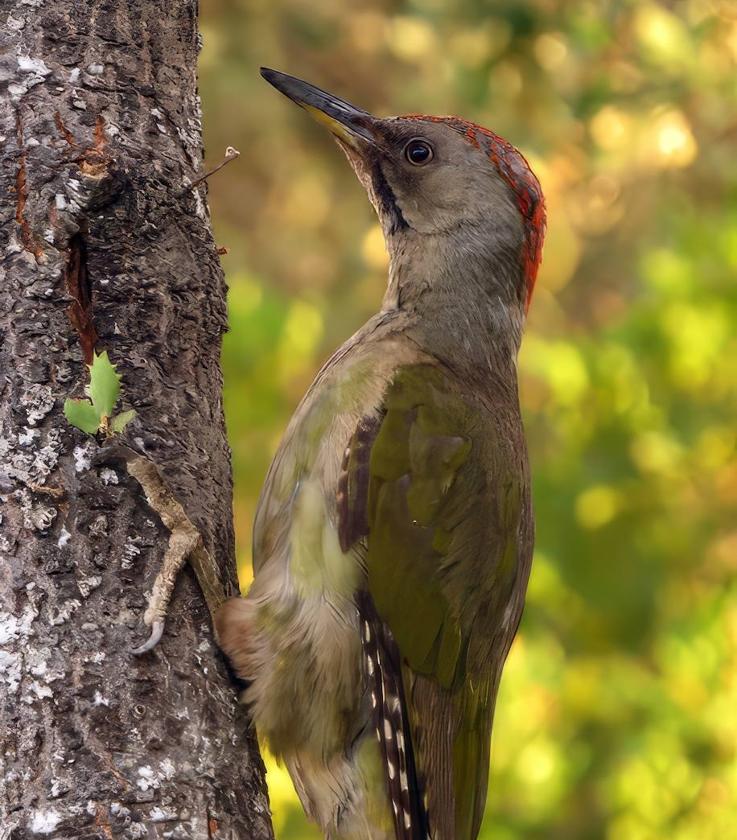Iberian green woodpecker
The Andalucía Bird Society recommends looking out for the Picus sharpie this month
Peter Jones
Friday, 14 July 2023, 14:51
Until relatively recently the Iberian Green Woodpecker, Picus sharpie, was considered conspecific with Picus viridis and Picus vaillantii, but differs in many aspects of plumage ... detail and is significantly different in vocal patterns. The distribution is limited to Iberia, the Pyrenees and the extremities of southern France, occurring irregularly from Pyrénées-Atlantiques to Hérault.
In Spain, the birds inhabit dry open woodland and occur in both deciduous and mixed woodlands, plantations, orchards and farmland, parks and gardens.
They require some mature trees with nearby grassland and can be found in both lowlands, hills and mountains up to an altitude of circa 3,000 metres. Mostly these birds are resident, but there are local movements outside of the breeding season with both juvenile and altitudinal dispersal largely accounting for these observations.
I am fortunate to have this woodpecker as a garden bird as they can be elusive to observe and, for many, they are only made obvious by their distinctive yaffling call. The song is mostly heard during December through January as pairs reaffirm their bonds and thereafter, I hear the distinctive laughing song that continues throughout the breeding season.
The local birds will be nesting from the end of March until June and both the male and female share incubation, feeding the young and, when the young leave the nest, the brood is divided between parents until they are all independent.
Mostly they are ground feeders, and their diet will be mostly terrestrial ants along with some small invertebrates. Occasionally I see them feeding in trees on arboreal insects and during the autumn they love to visit orchards for fruit and in particular the kaki (Diospyros kaki or persimmon).
I have one nearby kaki orchard that is attractive to both Iberian Green and Great-spotted Woodpeckers. It is bizarre to see this large, ground-loving woodpecker, grapple with the soft ripening kaki fruit.
Although common locally, its conservation status is listed as Near Threatened. Although no threats have been identified for this species, the population has been estimated to have decreased by 30%. At a regional level it is considered vulnerable and certainly further monitoring and research are needed.
¿Tienes una suscripción? Inicia sesión
